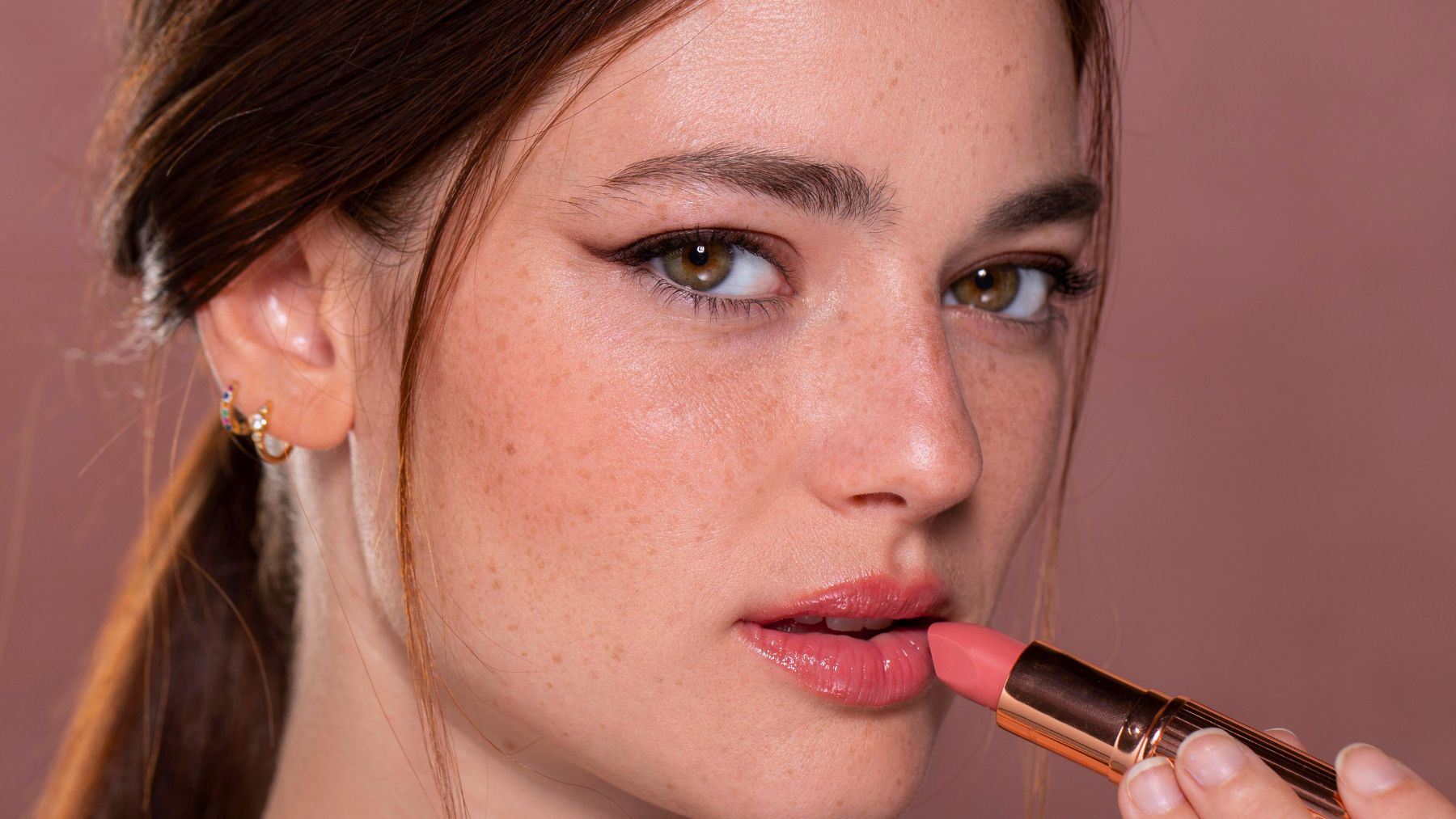Your skin’s undertone, the subtle hue beneath the surface, is a central element when choosing the best colors to suit your complexion. The wrong lipstick shade may clash with your natural coloring or wash you out if it does not complement your undertone well. When your lipstick matches your underlying hue, even bold colors appear effortless and naturally elegant.
That’s why we’ll break down how to determine your undertone and explore which lip shades best enhance your features. You will learn why certain tones make your skin glow while others fall flat, and discover how to avoid common mismatches. Let’s get started.
The undertone guide to flattering lipstick shades
If your skin exhibits hints of pink, red, or blue, you likely have cool undertones. In this case, lean toward lipsticks with cool bases. These include berry hues such as raspberry or plum, blue-based reds like cherry or crimson, and soft mauves. Steer clear of overly warm shades such as orange-reds or terracotta, which can leave your skin looking sallow. For nude options, avoid beiges with yellow undertones and opt for rosy pinks or sheer lilac.
For those with golden, olive, or peachy skin, warm undertones work best with lipsticks that mirror these hues. Brick reds, caramel nudes, coral pinks, and burnt oranges enhance your natural warmth while remaining harmonious with your complexion. It’s wise to avoid frosty pinks or violet-based berries, as these may dull your radiance.
If you prefer a classic red, select one with a brownish base—like tomato or rust—rather than a blue-toned alternative, and for deeper skin tones, rich chocolate browns or spicy cinnamon hues add remarkable depth.
If your complexion appears neutral, you enjoy the advantage that most shades tend to work well, although balance remains key. Opt for shades such as mauve, dusty rose, or true red that are neither decidedly warm nor overly cool. Extreme hues like neon orange or icy lavender can overwhelm your balanced coloring, and when choosing a nude, match your lip shade to your skin’s depth: light peach for fair skin, rosewood for medium tones, and coffee hues for deeper complexions.
How to figure out your undertone in 3 steps
Determining your undertone does not require complex techniques. You can easily uncover it with these three simple steps.
- Check your veins: Examine the veins on your wrist under natural light. If they appear blue or purple, you likely have cool undertones. Greenish veins suggest warmth, while veins that look bluish-green or are hard to categorize indicate a neutral undertone.
- Test your jewelry: Notice how your skin reacts to different metals. Silver jewelry tends to flatter cool undertones, whereas gold enhances warm hues. If both metals suit you equally well, your undertone is probably neutral.
- Consider sun reactions: If you burn easily and rarely tan, you are more likely to have cool undertones. In contrast, warm undertones tan quickly and seldom burn, while neutral skin may gradually tan or experience only mild burning.
For an additional test, hold a white piece of paper next to your face: cool skin will seem pinkish, warm skin appears yellowish, and neutral skin remains balanced.
After discovering your undertone and selecting a lip shade that complements you well, consider the finish to refine your look further. Matte formulas accentuate pigment and work well for bold colors, while glosses add a subtle shine to neutral tones. Cool undertones may pull off frosted finishes if balanced properly, and warm undertones often shine in creamy, satin textures.
